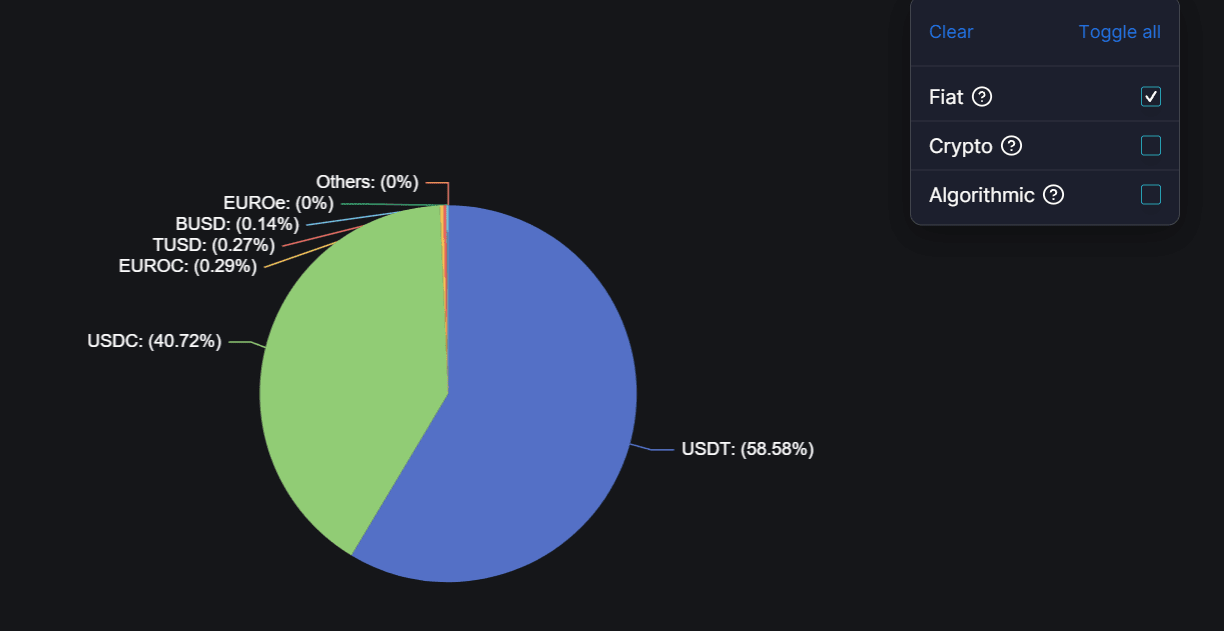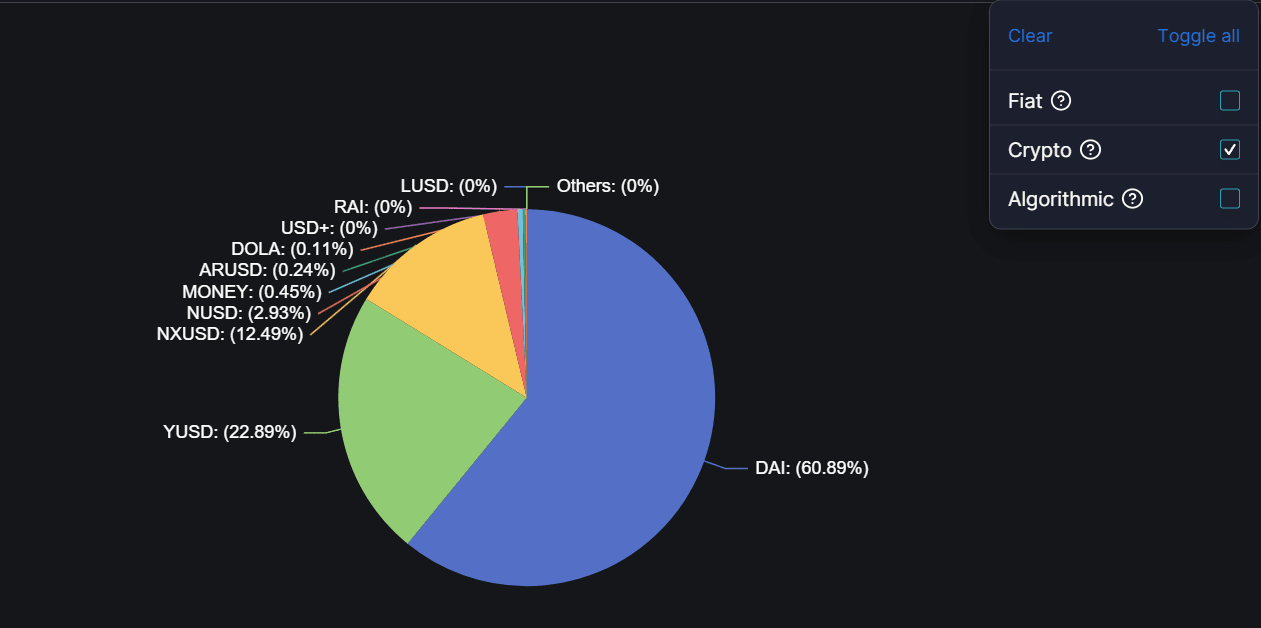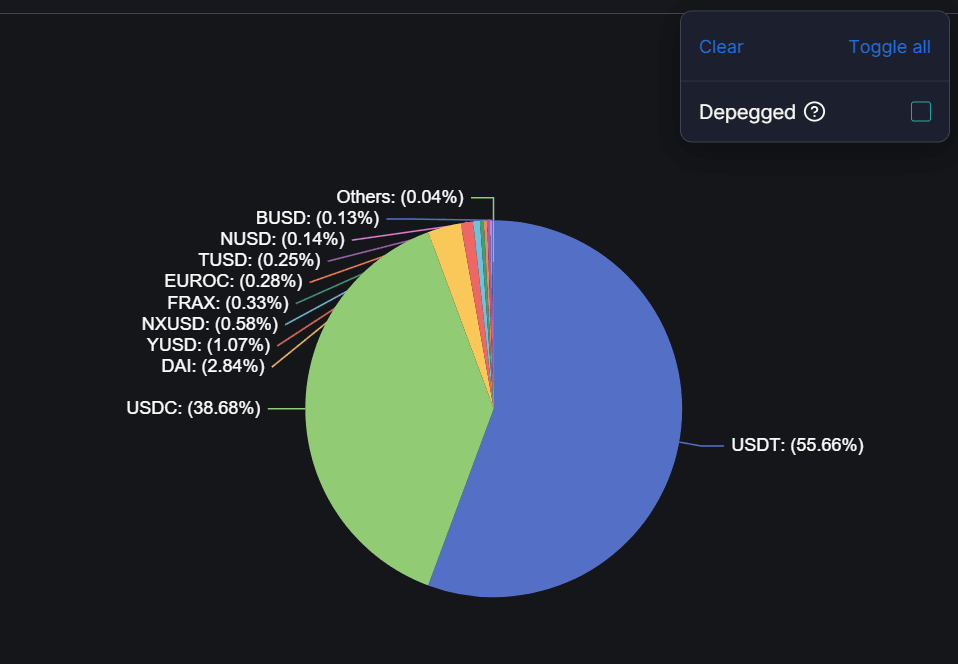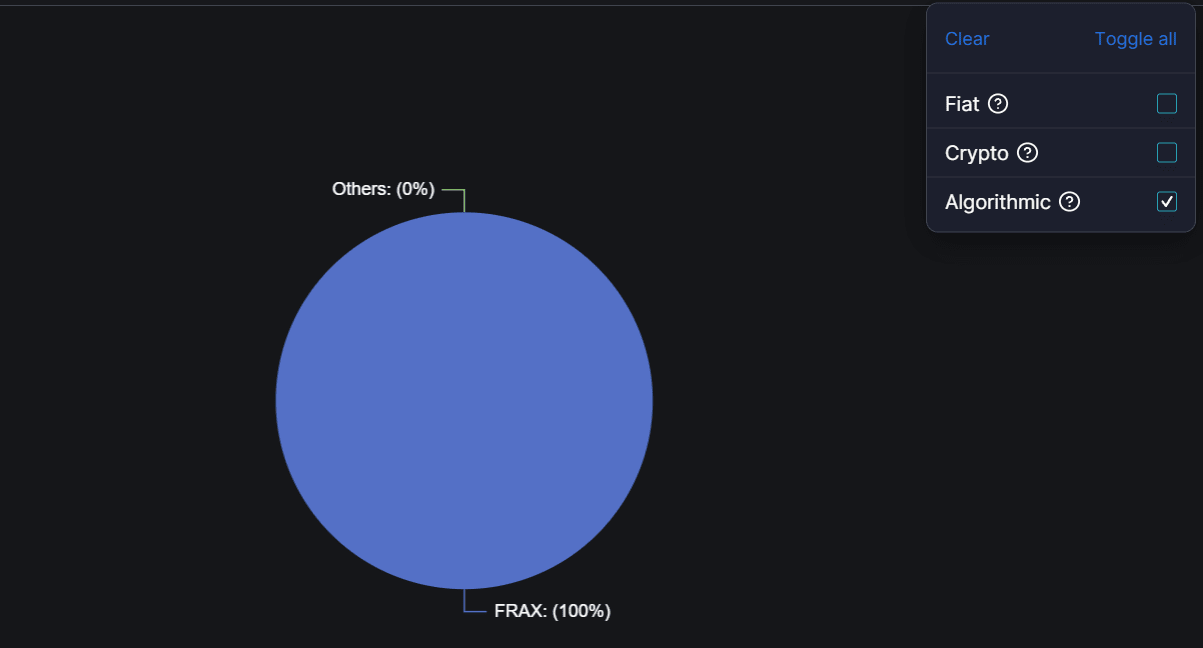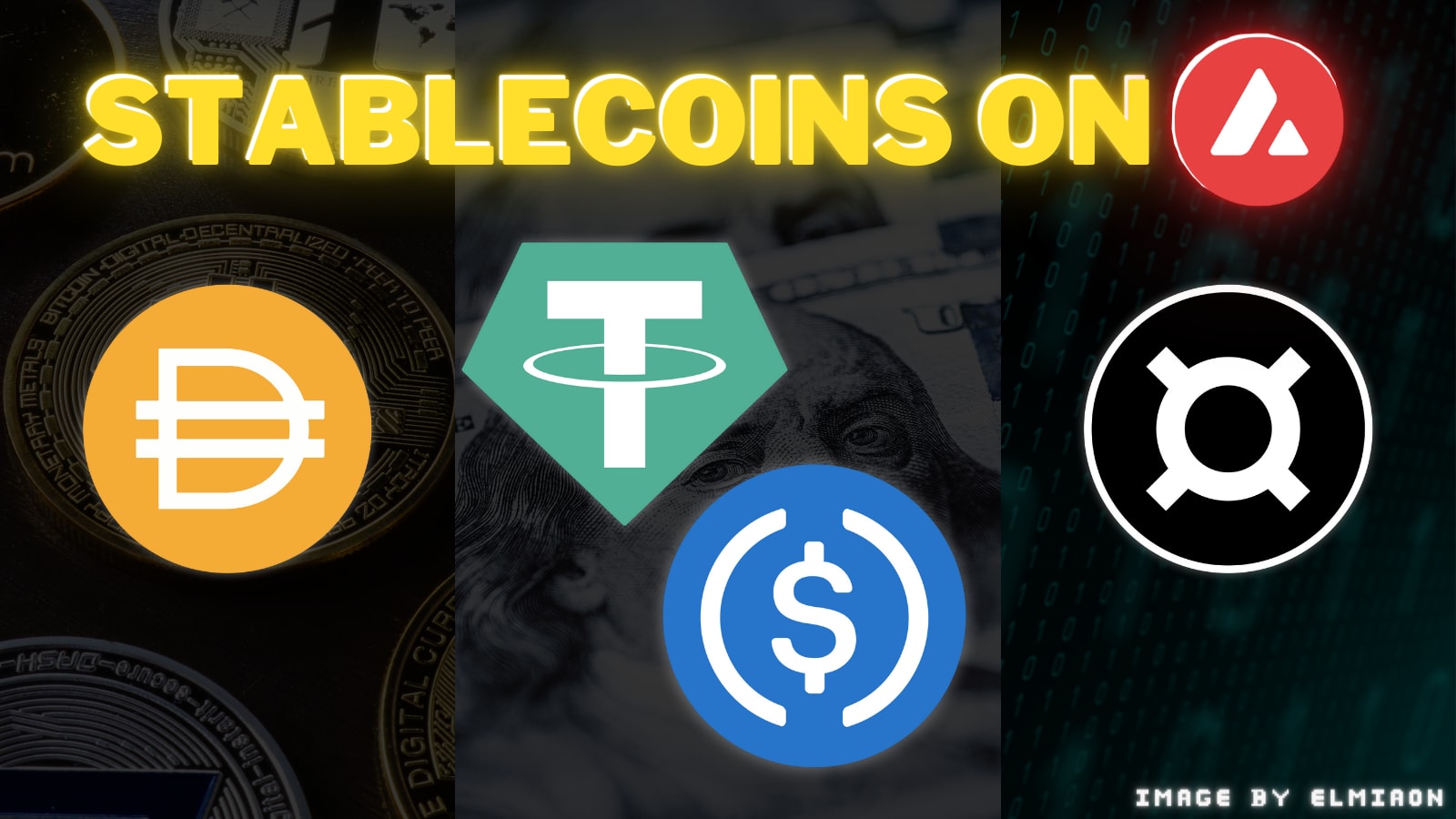Do people prefer fiat-backed stablecoin over others?
Deciphering User Preference: Delving into Fiat-Backed vs. Crypto-Backed vs. Algorithmic Stablecoins
1. Fiat-backed Stablecoins
Examples: USDC, USDT (Tether), PAX, GUSD
Mechanism:
These stablecoins are backed by fiat currencies, such as the US dollar, on a 1:1 ratio. Every stablecoin issued has an equivalent dollar amount held in reserve.
Effects:
- Stability: Since fiat currencies back them, their price remains largely stable.
- Liquidity: Most widely used and accepted in the cryptocurrency world; hence, high liquidity.
- Regulatory Oversight: More prone to regulatory scrutiny due to the involvement of traditional banking systems for holding reserves.
2. Commodity-backed Stablecoins
Examples: Digix Gold (DGX), PAX Gold (PAXG)
Mechanism:
These are backed by commodities like gold, where each token represents a specific amount of the commodity.
Effects:
- Stability: Stability is derived from the underlying commodity price.
- Physical Redemption: Some offer the option to redeem tokens for the actual commodity.
- Diversification: Provides an option for investors to gain exposure to commodities in a tokenized form.
3. Crypto-backed Stablecoins
Examples: DAI, sUSD
Mechanism:
Other cryptocurrencies, like ETH, back these stablecoins. Smart contracts manage the issuance of these stablecoins by using the cryptocurrency as collateral.
Effects:
- Over-collateralization: To account for the price volatility of the backing crypto, these stablecoins are often over-collateralized, e.g., issuing $100 of a stablecoin might require $150 of ETH as collateral.
- Decentralization: Typically more decentralized than fiat-backed options.
- Liquidity Mechanisms: They include features such as liquidation of the collateral if its value falls below a certain threshold.
4. Algorithmic Stablecoins
Examples: Ampleforth (AMPL), Terra (LUNA)
Mechanism:
Any reserve does not back these stablecoins. Instead, they use algorithms and smart contracts to automatically adjust the stablecoin's supply based on its demand, aiming to keep the price stable.
Effects:
- Supply Fluctuations: The total supply of the stablecoin can increase or decrease daily based on the market demand.
- Speculative: Their mechanism can be speculative, and the stability can sometimes be more challenging to maintain.
- Fully Decentralized: These are typically decentralized without any central entity holding reserves.
- High Complexity: The underlying mechanisms can be complex, making them harder to understand for the average user.
Overall Impact:
Stablecoins play a vital role in the crypto economy:
- Hedging: They provide a hedging mechanism against the volatility of other cryptocurrencies.
- Payment Systems: Due to their stable nature, they are increasingly being used for transactions and remittances.
- Bridge between Traditional and Crypto Economy: They connect the traditional financial world with the cryptocurrency ecosystem.
- DeFi: Stablecoins are fundamental to decentralized finance (DeFi) operations, such as lending, borrowing, and yield farming.
However, the stability mechanism each type of stablecoin uses varies, leading to different levels of complexity, decentralization, and regulatory interaction.
Part 1: Overview
- Net Supply and Flow: Understand the circulation dynamics and the rate at which each type of stablecoin is minted or burned.
- Price and Stability: Gauge the price fluctuations and see which stablecoin maintains the most consistent peg to its underlying asset or value proposition.
- User Acquisition and Growth: Ascertain which stablecoin is attracting more users and at what rate.
- User Activation and Retention Rate: Delve into the engagement metrics to understand how frequently users are transacting with each stablecoin and if they continue to use it over time.
Part 2: Secondary Market
- Overall Performance: Get a comprehensive view of the market's health by looking into metrics like total transaction volume, number of transactions, interacted smart contracts, and active users.
- Trading on DEXs: Analyze how these stablecoins are faring on decentralized exchanges. Understand their trading volume, the number of active traders, and the frequency of trades.
Part 3: User Behavior
- Recurring vs. One-time Users: Identify the proportion of users who engage with the stablecoin once versus those who transact multiple times.
- Transaction Frequency: Understand how often users transact with each stablecoin type, offering insights into their preferred choice for regular transactions.
Token Selection Criteria
- Source: We've relied on the comprehensive data from DefiLlama, known for its vast repository of information on various stablecoin types: fiat-backed, crypto-backed, and algorithmic.
- Criteria:
- We've ensured the stability of our analysis by excluding any stablecoin that has depegged from its underlying asset.
- To achieve an exhaustive understanding, we've aimed for a coverage of more than 90% for each type of stablecoin.
